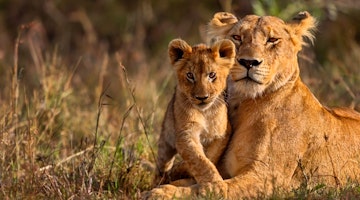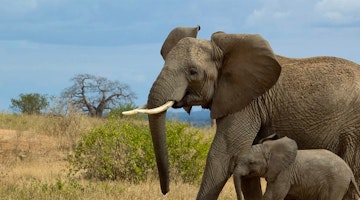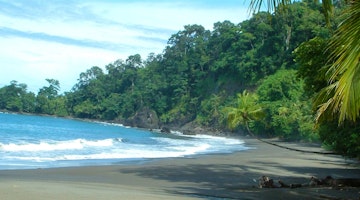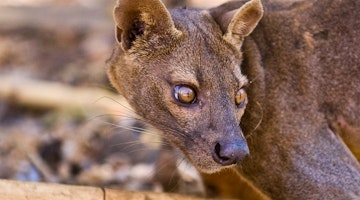One of Uganda's World Heritage Sites, the ‘Mountains of the Moon’ are a rugged range spanning some 40km by 80km along the DR Congo border, with two thirds set in Uganda.
The continent’s highest mountain range includes its third highest peak, Mt Stanley, at 5,109m. 23 peaks exceed 4,500m and Africa’s largest glaciated area is here.
The three highest peaks, Mt Stanley, Mt Speke and Mt Baker, are respectively Africa’s third, fourth and fifth-highest peaks. Melt-waters give rise to high-lying springs that eventually tumble into the Nile River and upland bogs hold the most permanent source: it is a water catchment area for more than 500,000 people.
Lower elevation slopes are clad in moorland and Afro-montane forest which are inhabited by most of the 241 bird species recorded in the park.
There is an assortment of interesting reptiles endemic to the range, notably Ruwenzori three-horned Chameleon, Ituri Forest Chameleon, Rough-scaled bush viper and Great Lakes bush viper.
Hikers, trekkers and those after tranquillity in exquisite surrounds, will be in their element here. Following the Mubuku River and crossing its Mahoma tributary on the way to montane forest, note the predominance of gneiss, amphibolites, granite and quartzite formations, thrust above the surrounding plains when the Western Rift Valley was formed. Keen walkers usually stop for lunch where a long, steep trail leads to Nyabitaba Hut.
The energetic can continue higher up, deep into Afro-montane forest. Colobus and Blue monkeys frequent the treetops and Rwenzori turacou, Regal sunbird and Rwenzori batis are often seen. At higher elevations are bamboo forest and the Rapanea-Hagenia thickets as well as bogs with rocky outcrops; swampy patches and streams. One simply cannot help but be awestruck by the Afro-alpine habitat here, dominated by heathers and Giant lobelias and punctuated by orchids and Everlasting flowers.
Craig Kaufman
Travel Specialist
Looking for inspiration?
You'll find expert travel guides, holiday ideas and insider tips now on the Rainbow blog

Salar De Uyuni - The World's Largest Salt Flat


Top 5 First Time Safari Destinations

Top five South Africa Safari lodges

Sustainable Tourism In Corcovado National Park, Costa Rica


10 Strange Animals and Where to Go to See them

Why Choose Us?
Passionate travel experts
- We've been leading wildlife travel since our first South Africa tours over 25 years ago
- Our Travel Specialists have lived in their specialist area for years
- We work with local guides to immerse you deeper in our diverse range of experiences
Personal & tailor-made
- You'll speak to your own expert who'll share their first-hand knowledge
- We'll make your itinerary seamless with 24/7 emergency contact available
- Your Travel Specialist will listen to ensure you have the best chance of seeing the wildlife you love
Responsible by nature
- We take care to actively contribute to the conservation of environments we visit
- For select countries, we make a charitable donation on your behalf when you make your booking
- We've partnered with conservation experts and NGOs to curate responsible tours
For the latest travel advice from the Foreign, Commonwealth and Development Office check www.gov.uk/travelaware

